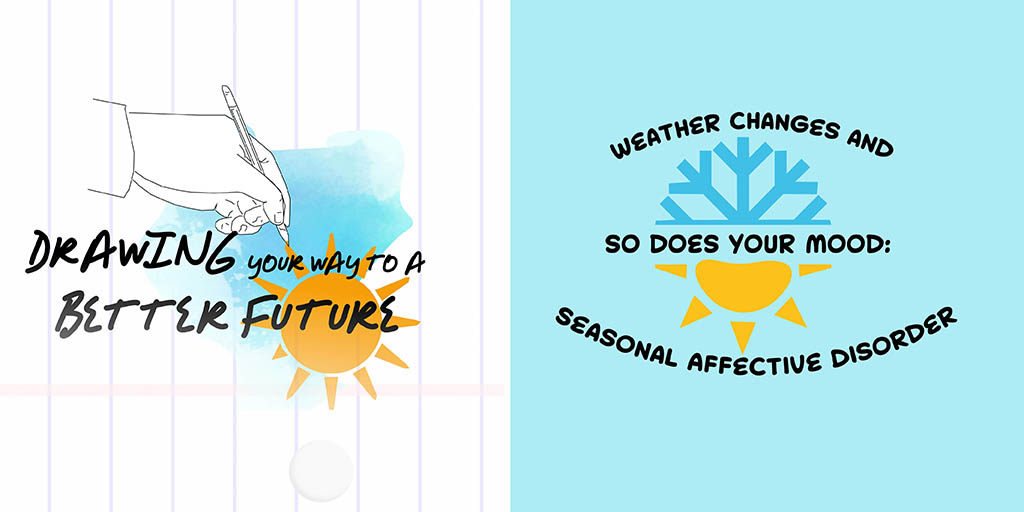Weather changes and so does your mood: Seasonal Affective Disorder

Weather can influence the way people feel and perceive. Seasonal Affective Disorder (SAD) is a mental illness that occurs over a short period of time during the year.
According to the Canadian Mental Health Association (CMHA), SAD occurs during winter (“winter blues”), but can also happen shortly before summer. This is because the change in pattern: from longer days to shorter days and longer evenings lead to a reduction in vitamin D and production of serotonin and dopamine (chemicals that affect happiness and pleasure).
Some symptoms include restlessness, tiredness, weight gain, change in appetite, irritability and decrease in libido at certain times of the year.
Women are more susceptible to experience SAD. CMHA reported that women are nine times more likely to experience this than their male counterparts. Other people who are vulnerable to SAD are young adults between the ages 18 to 30 years old.
Some retailers have launched SAD light therapy boxes to emulate sunlight as a form of light therapy. These lights are turned on to trigger serotonin release in the brain to improve well-being and sleep patterns. There are specific instructions on how to use one: optimal distance from the user and not within direct vision. It is also a daily commitment to use the lightboxes: patients are expected to use the boxes for at least 30 minutes every morning during winter.
The goal of using these lights is to regulate their energy throughout the day so that patients can relax during the evenings. According to the CMHA, 60 to 80 per cent of patients feel relief when undergoing light therapy.
There are two types of SAD lights: blue light or white light (full spectrum). The blue light releases a blue wavelength that is less intense than the white light. This less intensive light cuts the treatment time in half, making it more efficient than the latter light; the white light tries to replicate sunlight and emits a minimum of 10,000 lux. The treatment is roughly 30 minutes.
Medication is another method of combating SAD. Though they have proven benefits, it will take a few weeks until they take into effect. Some medications that have been approved by the US Food and Drug Administration (FDA) to help alleviate the effects of SAD include Wellbutrin XL and Aplenzin.
Another method of helping to deal with SAD is Cognitive-behavioural therapy (CBT). This kind of therapy helps patients change their worldview and break negative patterns.
The University of Vermont did a study in 2015 that yielded results proving 27 per cent of people who went through CBT had a recurrence. Unlike light therapy, CBT can be administered by either a professional or on your own with online resources.
Other ways to combat SAD is to develop healthy sleeping habits by minimizing exposure to blue light two hours prior to bedtime, avoiding caffeine, and maintaining a regular room temperature in the bedroom.
Using a plethora of techniques, SAD symptoms can be managed and remission can be prevented. Please consult a physician for more information.














